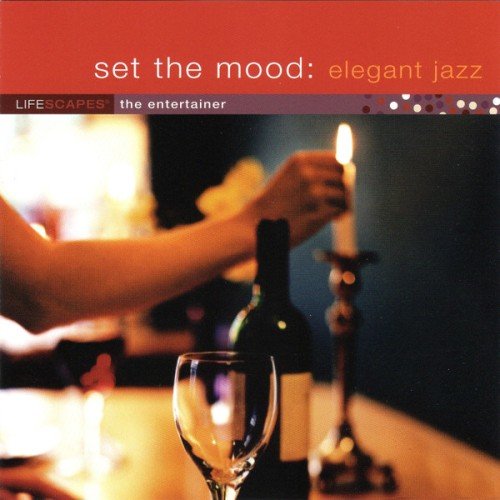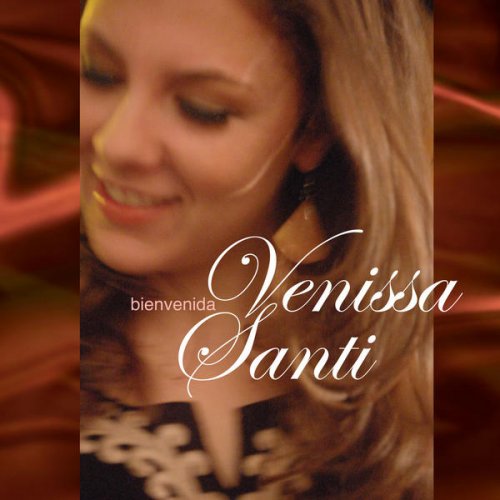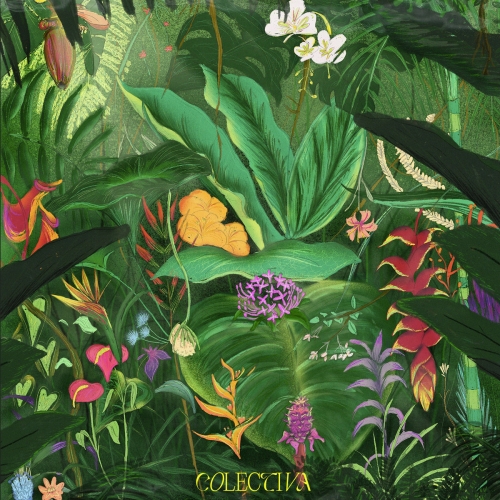Ecce Ensemble - Remembrances — Chamber Music of Trevor Weston (2025) Hi-Res
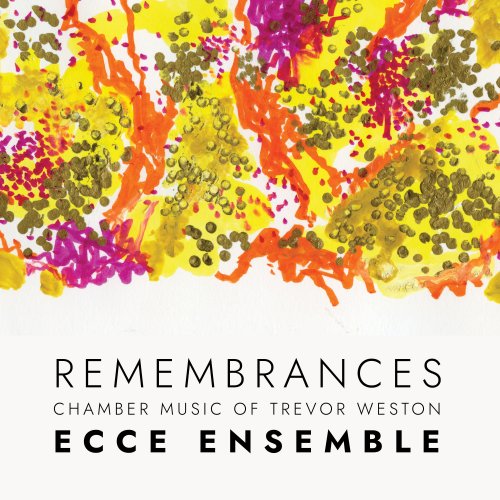
Artist: Ecce Ensemble
Title: Remembrances — Chamber Music of Trevor Weston
Year Of Release: 2025
Label: New Focus Recordings
Genre: Classical
Quality: FLAC 16/24 Bit (96 KHz / tracks+booklet)
Total Time: 60:07 min
Total Size: 227 / 456 MB
WebSite: Album Preview
Tracklist:Title: Remembrances — Chamber Music of Trevor Weston
Year Of Release: 2025
Label: New Focus Recordings
Genre: Classical
Quality: FLAC 16/24 Bit (96 KHz / tracks+booklet)
Total Time: 60:07 min
Total Size: 227 / 456 MB
WebSite: Album Preview
01. A.N.S
02. Images: I. Shadow
03. Images: II. Lumen
04. Eurythmy Variations
05. Remembrance
06. Arioso
07. Verve Music: I. intro
08. Verve Music: II. pulses
09. Verve Music: III. bop
10. Legacy Works: I. There is a Balm in Gilead
11. Legacy Works: II. Lord, How Come Me Here
12. Legacy Works: III. I Got Shoes
The Massachusetts based Ecce Ensemble, directed by composer John Aylward, releases this composer portrait album of Trevor Weston’s
chamber music, Remembrances. Weston’s music aims to be transformative regardless of aesthetic, and he seamlessly integrates influences from a wide range of sources into his attractive, cohesive musical language.
Composer Trevor Weston’s music is rich in contrasts and shaped by influences that have attracted his curious creativity. The works on this collection reflect Weston’s affinity for a diverse range of music from impressionism to modernist techniques, and from the African American tradition, including jazz, blues, and gospel.
Originally composed for flute and marimba, A.N.S. was the result of a commission for a work that addressed the history of the civil rights movement in the U.S. Weston was inspired by an essay titled “Race for Space” by Duke Ellington that lamented the ways in which American racism held the country back in so many endeavors, among them space exploration. The piece alternates between liquid, trilled figures that revel in a sensuous timbral blend and energetic, jazz-inflected lines.
Images (2003) is the outgrowth of a multi-disciplinary collaboration between Weston and Charleston, South Carolina based abstract painter Arn Strasser. Weston chose works of Strasser’s to be shown in a kind of slide show during the piece, coordinated with the musical material that the paintings had inspired. The overall movement of the work progresses from dark to light, or “Shadow” to “Lumen.” The cello leads the opening moments of “Shadow” with pathos filled expression, inviting the violin to join in mournful, poignant phrases over tolling piano articulations. Despite settling into more active rhythmic motion midway through, the movement does not shake its brooding mood. “Lumen” extends upon this rhythmic activity, evolving through several contrasting textures and modes of ensemble activity while periodically looking back to the somber character of the opening movement. The piece ends with a luminous gesture of glissando harmonics in the strings as the piano plays a glimmering series of ascending fourths.
Eurythmy Variations (2007) for solo piano takes inspiration from a first century Roman architect, Vitruvius, who identified “eurythmy” (defined as “harmony in the proportions of the building) as one of architecture’s main principles. Weston extends this concept to the structural organization of a set of variations, and specifically their rhythmic ordering. The opening theme’s resonant, luminous voicings reappear in several guises throughout the piece, sometimes rearticulated at faster divisions, sometimes brilliantly arpeggiated, and other times glimmering with trills and swift, alternating broken chords.
The jaunty thematic material Remembrance (1993) for clarinet and piano is reminiscent of Weston’s “head” in Verve Music’s final movement. The clarinet plays swooping figures over an accompaniment that echoes stride piano in its division of labor between right and left hand activity on the keyboard.
The solo cello work Arioso (1995) is Weston’s musical response to his experience sitting near Venice’s famous Piazza San Marco and watching the gondolas sail by. Arioso captures the duality between the bustle in the heart of historic Venice and the pacific calm found only steps away near the water. The cello material shifts between poetic lyricism and restless figuration featuring slides, swelled harmonics, and the tactility of delicate col legno and bubbling pizzicati.
Verve Music (2004) centers rhythmic motion as its primary organizing principle. “intro” unfolds with a series of composite gestures that are catalyzed by a distinct event — the Bartók pizzicati opening the first several phrases or the broad, descending cello glissandi that kick off the subsequent music. A contrasting section is characterized by elastic, lyrical material. “pulses” features undulating figures that ebb and flow with occasional pointillistic commentary from Hassan Anderson’s oboe and Emi Ferguson’s flute. The influence of jazz is felt in the final movement, “bop,” which is built from a loose “head” built around an ascending octave leap. Playful syncopated lines propel a section of written out solo material forward.
Legacy Works (2014/2018) is a chamber music version of Weston’s Griot Legacies which was scored for children’s choir, adult choir, and orchestra. The commission called for a work that took new approaches to setting African American spirituals. “Run to Jesus” uses a 1960 recording sourced from the Alan Lomax archive of 84 year old Charles Bennett singing “Run to Jesus for Refuge.” Weston positions the recording of Bennett’s voice and frame drum as the initial focal point of the texture as the ensemble mirrors and responds to the contour of his soulful melody. The second half of the movement is without Bennett’s voice, as Weston develops the melodic material into energetic fragments that are tossed around the ensemble. The pentatonic saturated blues melody is integrated into the ensemble writing, which extends the movement beyond the recorded fragment for a call and response dialogue led violin and clarinet. “Lord, How Come Me Here” is a sorrowful lament, leaning into melodic colorations and embellishments. Lush string voicings support the expressive clarinet writing in “There is a Balm in Gilead”, shading its simple harmonic implications with a polytonal accompaniment. Finally, the joyful, easy shuffle in “I Got Shoes” belies the underlying message of resilience by a people who were denied even the most basic personal effects for so long.
– Dan Lippel
chamber music, Remembrances. Weston’s music aims to be transformative regardless of aesthetic, and he seamlessly integrates influences from a wide range of sources into his attractive, cohesive musical language.
Composer Trevor Weston’s music is rich in contrasts and shaped by influences that have attracted his curious creativity. The works on this collection reflect Weston’s affinity for a diverse range of music from impressionism to modernist techniques, and from the African American tradition, including jazz, blues, and gospel.
Originally composed for flute and marimba, A.N.S. was the result of a commission for a work that addressed the history of the civil rights movement in the U.S. Weston was inspired by an essay titled “Race for Space” by Duke Ellington that lamented the ways in which American racism held the country back in so many endeavors, among them space exploration. The piece alternates between liquid, trilled figures that revel in a sensuous timbral blend and energetic, jazz-inflected lines.
Images (2003) is the outgrowth of a multi-disciplinary collaboration between Weston and Charleston, South Carolina based abstract painter Arn Strasser. Weston chose works of Strasser’s to be shown in a kind of slide show during the piece, coordinated with the musical material that the paintings had inspired. The overall movement of the work progresses from dark to light, or “Shadow” to “Lumen.” The cello leads the opening moments of “Shadow” with pathos filled expression, inviting the violin to join in mournful, poignant phrases over tolling piano articulations. Despite settling into more active rhythmic motion midway through, the movement does not shake its brooding mood. “Lumen” extends upon this rhythmic activity, evolving through several contrasting textures and modes of ensemble activity while periodically looking back to the somber character of the opening movement. The piece ends with a luminous gesture of glissando harmonics in the strings as the piano plays a glimmering series of ascending fourths.
Eurythmy Variations (2007) for solo piano takes inspiration from a first century Roman architect, Vitruvius, who identified “eurythmy” (defined as “harmony in the proportions of the building) as one of architecture’s main principles. Weston extends this concept to the structural organization of a set of variations, and specifically their rhythmic ordering. The opening theme’s resonant, luminous voicings reappear in several guises throughout the piece, sometimes rearticulated at faster divisions, sometimes brilliantly arpeggiated, and other times glimmering with trills and swift, alternating broken chords.
The jaunty thematic material Remembrance (1993) for clarinet and piano is reminiscent of Weston’s “head” in Verve Music’s final movement. The clarinet plays swooping figures over an accompaniment that echoes stride piano in its division of labor between right and left hand activity on the keyboard.
The solo cello work Arioso (1995) is Weston’s musical response to his experience sitting near Venice’s famous Piazza San Marco and watching the gondolas sail by. Arioso captures the duality between the bustle in the heart of historic Venice and the pacific calm found only steps away near the water. The cello material shifts between poetic lyricism and restless figuration featuring slides, swelled harmonics, and the tactility of delicate col legno and bubbling pizzicati.
Verve Music (2004) centers rhythmic motion as its primary organizing principle. “intro” unfolds with a series of composite gestures that are catalyzed by a distinct event — the Bartók pizzicati opening the first several phrases or the broad, descending cello glissandi that kick off the subsequent music. A contrasting section is characterized by elastic, lyrical material. “pulses” features undulating figures that ebb and flow with occasional pointillistic commentary from Hassan Anderson’s oboe and Emi Ferguson’s flute. The influence of jazz is felt in the final movement, “bop,” which is built from a loose “head” built around an ascending octave leap. Playful syncopated lines propel a section of written out solo material forward.
Legacy Works (2014/2018) is a chamber music version of Weston’s Griot Legacies which was scored for children’s choir, adult choir, and orchestra. The commission called for a work that took new approaches to setting African American spirituals. “Run to Jesus” uses a 1960 recording sourced from the Alan Lomax archive of 84 year old Charles Bennett singing “Run to Jesus for Refuge.” Weston positions the recording of Bennett’s voice and frame drum as the initial focal point of the texture as the ensemble mirrors and responds to the contour of his soulful melody. The second half of the movement is without Bennett’s voice, as Weston develops the melodic material into energetic fragments that are tossed around the ensemble. The pentatonic saturated blues melody is integrated into the ensemble writing, which extends the movement beyond the recorded fragment for a call and response dialogue led violin and clarinet. “Lord, How Come Me Here” is a sorrowful lament, leaning into melodic colorations and embellishments. Lush string voicings support the expressive clarinet writing in “There is a Balm in Gilead”, shading its simple harmonic implications with a polytonal accompaniment. Finally, the joyful, easy shuffle in “I Got Shoes” belies the underlying message of resilience by a people who were denied even the most basic personal effects for so long.
– Dan Lippel
![Coco Chatru Quartet - Lost Christmas (2025) [Hi-Res] Coco Chatru Quartet - Lost Christmas (2025) [Hi-Res]](https://www.dibpic.com/uploads/posts/2025-12/1765719561_coco-chatru-quartet-lost-christmas-2025.jpg)
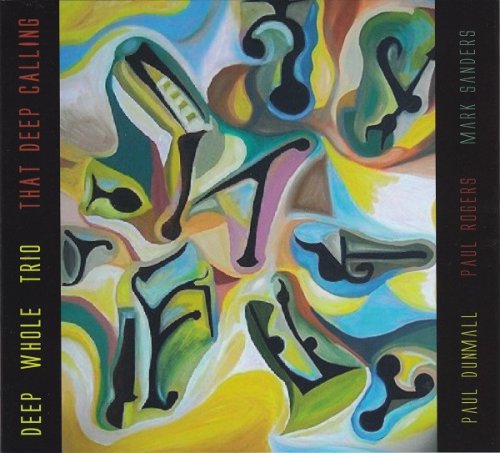
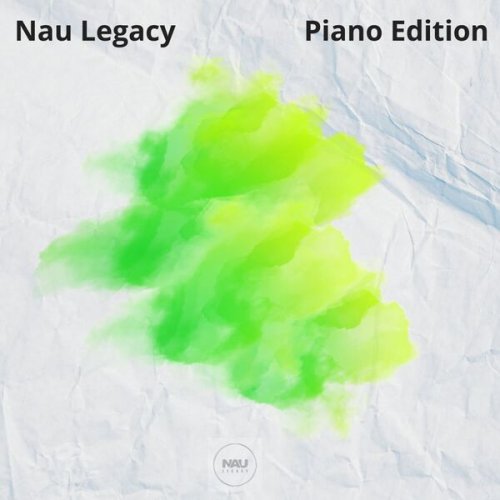
![Koldo Munné & 1520's Ensemble - Live at Jamboree Live Music (2025) [Hi-Res] Koldo Munné & 1520's Ensemble - Live at Jamboree Live Music (2025) [Hi-Res]](https://www.dibpic.com/uploads/posts/2025-12/1765846749_ck2b0xbsb8jna_600.jpg)
